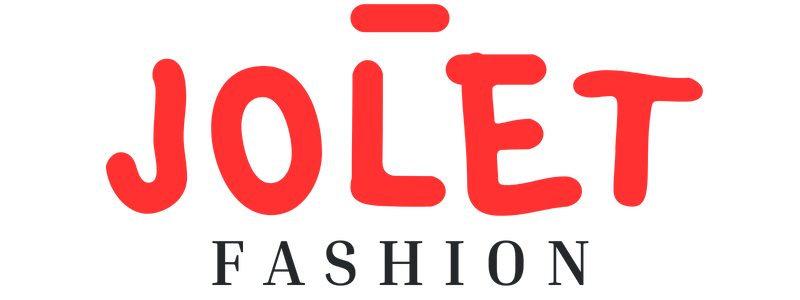Recent economic fluctuations have kept everyone on their toes, with looming recessions and tariff impacts becoming more apparent. Analysts predict a significant chance of a global recession in the near future. As we brace ourselves for financial uncertainties, we witness the usual signs like stock market fluctuations and rising prices, urging us to tighten our purse strings.

However, an unconventional recession indicator emerges in the realm of women’s fashion trends. Dating back to 1926, the Hemline Index, crafted by George Taylor, draws a correlation between hemline lengths and economic conditions. During prosperous times, hemlines tend to rise, exemplified by the flapper skirts of the Roaring ’20s. Conversely, economic downturns see hemlines dropping, as seen during the Depression era.

Another intriguing indicator is the lipstick index, coined by Leonard Lauder during the 2001 recession. Despite economic hardships, lipstick sales surged, suggesting that amid financial constraints, people gravitate towards affordable luxuries like cosmetics. This phenomenon traces back to the Great Depression, where cosmetic sales spiked by 25%, indicating a similar pattern of seeking small indulgences during tough times.

While these fashion theories offer captivating narratives, they primarily rely on correlation rather than causation. Fashion trends are influenced by various factors, including cyclical patterns and cultural influences beyond economic conditions. Nevertheless, these indicators shed light on the economy through a feminine lens, highlighting the underestimated role of women in shaping consumer trends.

Contrary to the perception of fashion as trivial, its profound impact on society cannot be overlooked. The iconic scene from “The Devil Wears Prada” underscores the intricate connections between fashion and economy, emphasizing the economic significance of seemingly mundane choices like clothing purchases. Women’s fashion, though not a definitive economic barometer, holds substantial power in driving shifts within the fashion and cosmetics industries.
By acknowledging the influence of women’s fashion on economic indicators, we reclaim the narrative from traditional male-dominated spheres like finance. The collective power of women in steering fashion trends underscores the broader cultural and economic implications of seemingly frivolous choices. While not a precise science, attributing value to feminine pop culture ties provides valuable insights often underestimated in economic analyses.
As we navigate through economic uncertainties, the interplay between women’s fashion trends and the economy offers a unique perspective on consumer behavior and societal attitudes. While not a foolproof predictor, these indicators serve as a reminder of the intricate connections between seemingly unrelated domains, showcasing the multifaceted nature of economic influences.



Leave a Reply
You must be logged in to post a comment.